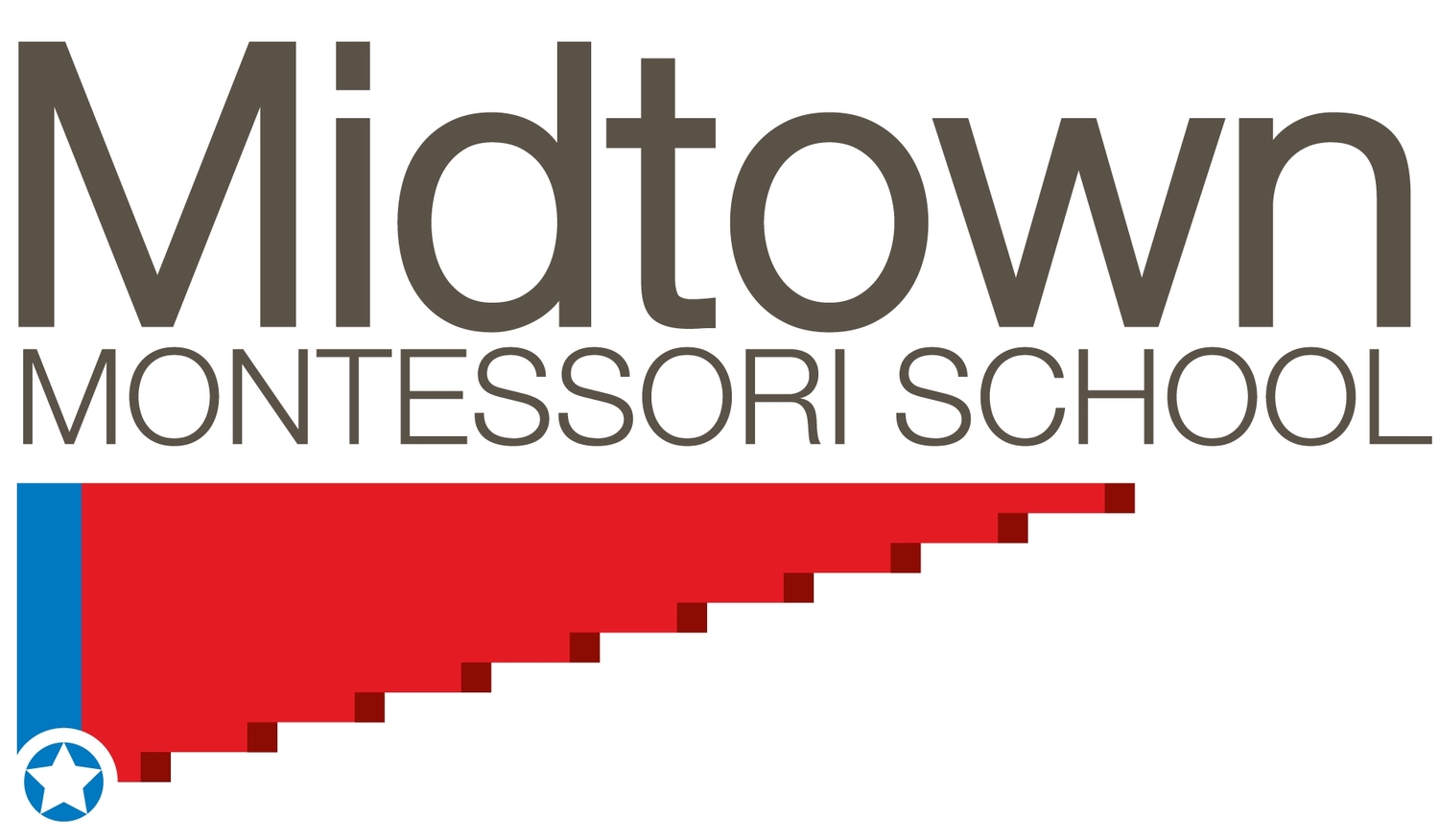Midtown Montessori Historical Halloween 2020-21
Ancient Myths & Monsters
Costume Ideas & Guidelines
IMPORTANT COVID-19 Adjustments: To maintain social distancing measures, we will be conducting Historical Halloween OUTSIDE. While we have historically had this event as a community, we will be conducting primary and elementary presentations separately this year in order to limit the number of people at the event. If you have a child in both environments, you may attend both. Please check your newsletter/calendar for the exact times as the date approaches.
This is a general guideline for the event. Your child’s teacher will be contacting you with information specific to their class.
Aim/Purpose of Historical Halloween: To give children an opportunity to engage in a celebration of Halloween at school that is in keeping with our culture of exploration and learning. Midtown Montessori asks children to dress up as a historical/cultural figures in keeping with the selected theme each year. This year, with “Myths & Monsters”, the children will explore legends and stories produced by various cultures as a means of exploring the creativity of human beings in the past who sought to answer “the big questions” they had about our universe.
Historical Halloween Q& A
May parents visit the school during Historical Halloween? YES! Historical Halloween is a community event. The primary children will do a short “parade of costumes” followed by a brief presentation where they say who they are. The elementary children present a Living Wax Museum. Please check your newsletter for the timings appropriate to your child’s class.
Can my child be just ANY mythical creature or monster? In addition to fitting within the theme, costumes chosen by the children should demonstrate a clear link to a history, culture, geographical location, and specific legend from the past. For example, if a child chooses to be a unicorn or dragon, it should be a specific unicorn or dragon from specific story from a geographical location or world culture. All choices must be presented to your child’s teacher prior to the event.
What are the guidelines for costumes? Primary children should not bring props with their costumes. Elementary children may do so as part of their presentation, but these items will be stored in the office until it is time to present. We strongly discourage weapons as props for the elementary unless it is an integral part of their costume. If a child has selected a “monster” from this theme, the costume should not be scary or violent. Remember that the ultimate purpose here is to TEACH others something new!
My child is really into something that is not in this theme. May they dress up in that costume instead? Please adhere to the theme. It is important to our sense of community that each member recognizes the responsibilities associated with the freedom to participate in events. The theme matters – we change the theme every year, so your child will get an opportunity to dress like people from all sorts of fields.
My child has chosen a legend/figure from a different race or culture. Is that okay? Yes, since this is an educational event in which an actual person is being researched or acknowledged for their contribution, it is okay. However, that doesn’t mean that great care should not be taken in selecting pieces for costumes. When dressing up as a member of another race or culture, please maintain the following guidelines:
• NEVER make alterations to skin color or physical attributes in an effort to have your costume “look more like” someone from another race
• Avoid costuming that represents cultural signifiers to the majority, but do not accurately reflect the culture or the historical figure’s actual practice. Your child should wear the kind of clothes that the individual was/is reported to wear. For example, not all Native Americans wear feathers, not all Indian women wear saris and not all Japanese wear kimono. This doesn’t just apply to clothes, but also hair and jewelry.
• If you have any doubts about whether something is appropriative or demeaning, ask your child’s teacher BEFORE the event.
Some Ideas
For ideas about costumes, you can look at books or resources that cover ancient myths. This year’s theme has a wide variety of possibilities! Suggested Internet search terms: ancient myths, ancient legends, ancient creatures, mythological figures
Examples:
Iris, ancient Greek Goddess
Banba, Celtic goddess
Satyr, Greek creature
Kongamato, Creature from Zambian tradition
Kaku Anansi, West African trickster god
Wakinyan (Thunderbird) Dakota legend
Manabohzo (Rabbit Trickster), Algonquin legend
Shangti, Chinese god of justice
Yinglong, Chinese dragon spirit of rain and water
